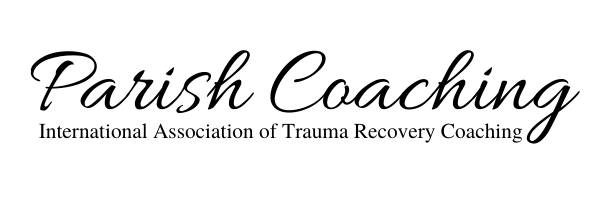I’ve been working with childhood and adult sexual assault survivors since I graduated with my Master’s Degree 17 years ago. My personal recovery journey, as survivor of childhood abuse, began about 6 years before that. All of my experience, both personally and professionally, has helped me to identify the single most damaging after effect of sexual assault: shame. Shame is corrosive; eroding the self-worth and self-confidence of those that carry it. The longer someone lugs shame around the more damage it does, eventually leaving the holder feeling like their substance has been eaten away, leaving pain in its place.
Many survivors end up in therapy, some directly after their sexual assault and others only after they’ve become addicted to drugs, alcohol or food in an effort to numb their feelings or become debilitated by a mental illness like depression or PTSD (Post Traumatic Stress Disorder). While individual therapy is helpful in many ways, it lacks in its capacity to deal with the ever destructive shame a survivor feels.
Why doesn’t individual therapy help in a significant way with the burden of shame? Because the emotion is so powerful it cannot be combatted by one person telling the survivor: “It wasn’t your fault. You have nothing to be ashamed of.” That technique is akin to handing a starving man a grape and saying “There you go! Better now?” No, he’s not better. He’s still starving. That one grape cannot stave off starvation. It lacks the power to do so. But 20 grapes? Now that is a good start! And 20 almonds? Even better! Now the starving man is really on his way, especially if people continue to come and bring him food. Soon he’ll be sufficiently recovered to help feed other starving individuals.
So what is shame’s Kryptonite? What has the power to combat a survivor’s shame? Community! A group of survivors who will come alongside a peer to provide support, encouragement, acknowledgement and knowledge. Community is the single most effective method of dissolving a survivor’s shame that I have encountered in my personal and professional experience.
But, ironically, community is not often used in the treatment of survivors of sexual assault. It’s effectively used in the treatment of eating disorders, grief, anger and relationship difficulties. For addictions it’s considered the gold standard of treatment. But for survivors it’s seen as too difficult and even too dangerous.
Within the mental health community trauma survivors are often categorized as unstable and prone to decompensation. Group therapy is perceived as triggering and risky. The only environment where I’ve seen group therapy with survivors attempted is in an inpatient psychiatric ward.
But when a group approach to healing is the best way to address the worst part of recovery, it has to be tried. Many survivors suffer for decades with the affect effects of their trauma. Hundreds die by suicide every year because their pain is too great. So some of us decided to try to create community, because it simply has to be attempted. The costs in terms of suffering are too steep not to try.
Early last year a virtual community of childhood sexual abuse survivors was created. It was started by a peer advocate, Rachel Thompson. And I’m proud to say I’ve been a part of it, as both a peer and a professional. It has been a game changer. We have come together, primarily as peers, to provide support, share our experiences, and celebrate our successes. In doing so each of us has experienced a marked decrease in our shame. Many of us, for the first time, have come out of our isolated life and engaged in active social interaction. Why? Because we feel safe, accepted, and understood in ways we never have been while interacting with non-survivors.
The impact was so remarkable we moved into another, less private setting: Twitter. For seven months now Rachel, and I have been hosting a Twitter Chat for survivors every Tuesday night with the help of Life Coach Athena Moberg. It’s been another game changer. Every week we gather on Twitter as a community and exchange between 300 and 450 tweets in support and encouragement of one another. That equates to about 6 tweets a minute! It’s a huge outpouring of individuals providing peer to peer healing power.
As we’ve had success we’ve also been targeted with complaints. But they haven’t come from within our community, they have come from without from mental health professionals stating we are taking too large a risk with too sensitive of a population. While we have heard them raising a racket we have not allowed them to dissuade us from moving forward. They aren’t offering an alternative. As Brene Brown states, they aren’t down her in the arena trying to create a solution. So we’re keeping on. We are not reckless or ignorant. We’ve addressed safety issues from the start.
Currently we’re starting other private community groups online. We’re also going to begin offering weekly Google Hangouts for survivors. In the future we’re considering offering private drop in groups, much like virtual Alcoholics Anonymous meetings. We are going to provide the option of community to every survivor we can in service to their recovery.
As we go forward we are determined to redefine the model of Trauma Recovery. Community, the single most effective counterattack for shame, is vital. Do we have the concept perfected? Absolutely not. But we’re working on it. We stand steadfast in the middle of the arena, willing to take fire on behalf of every survivor and their right to live a productive, happy life free of shame.
